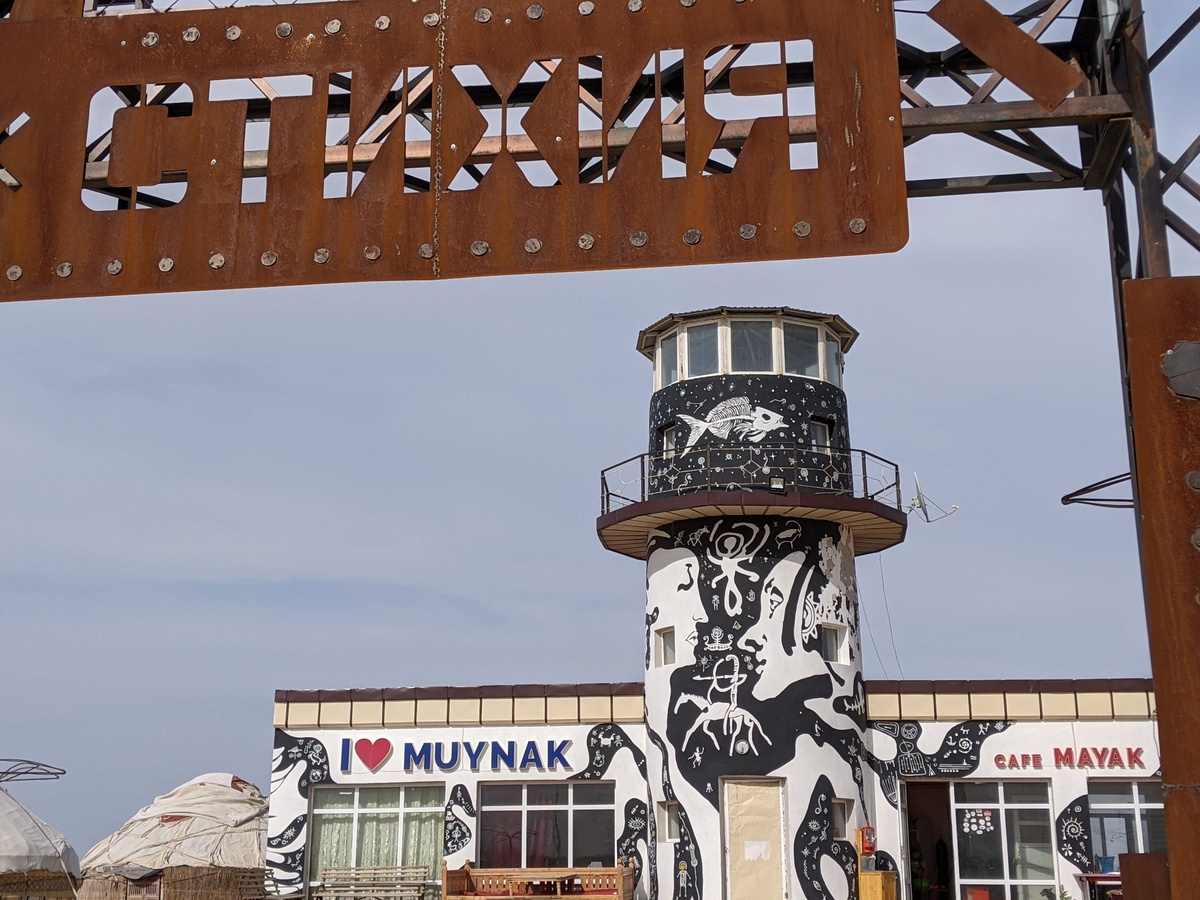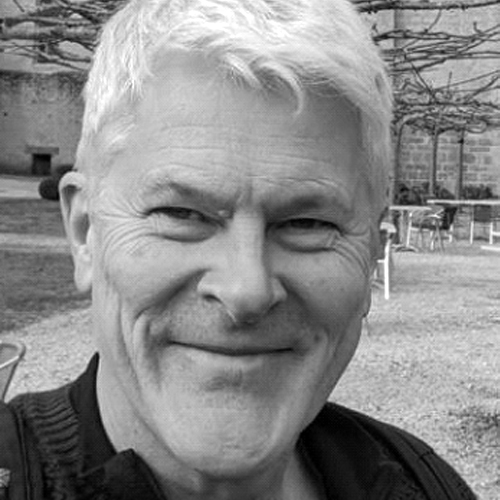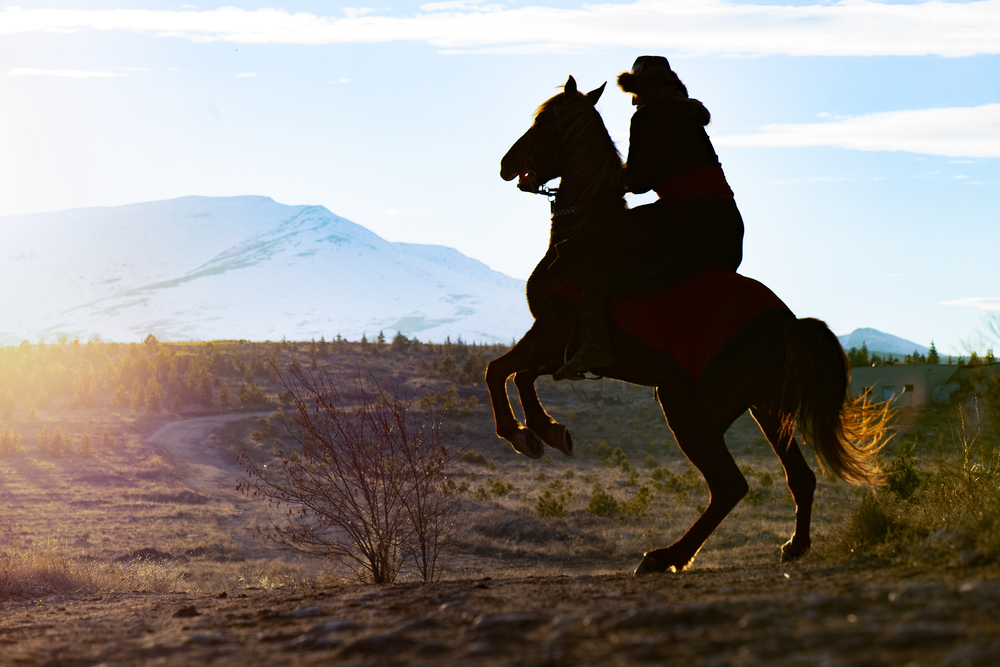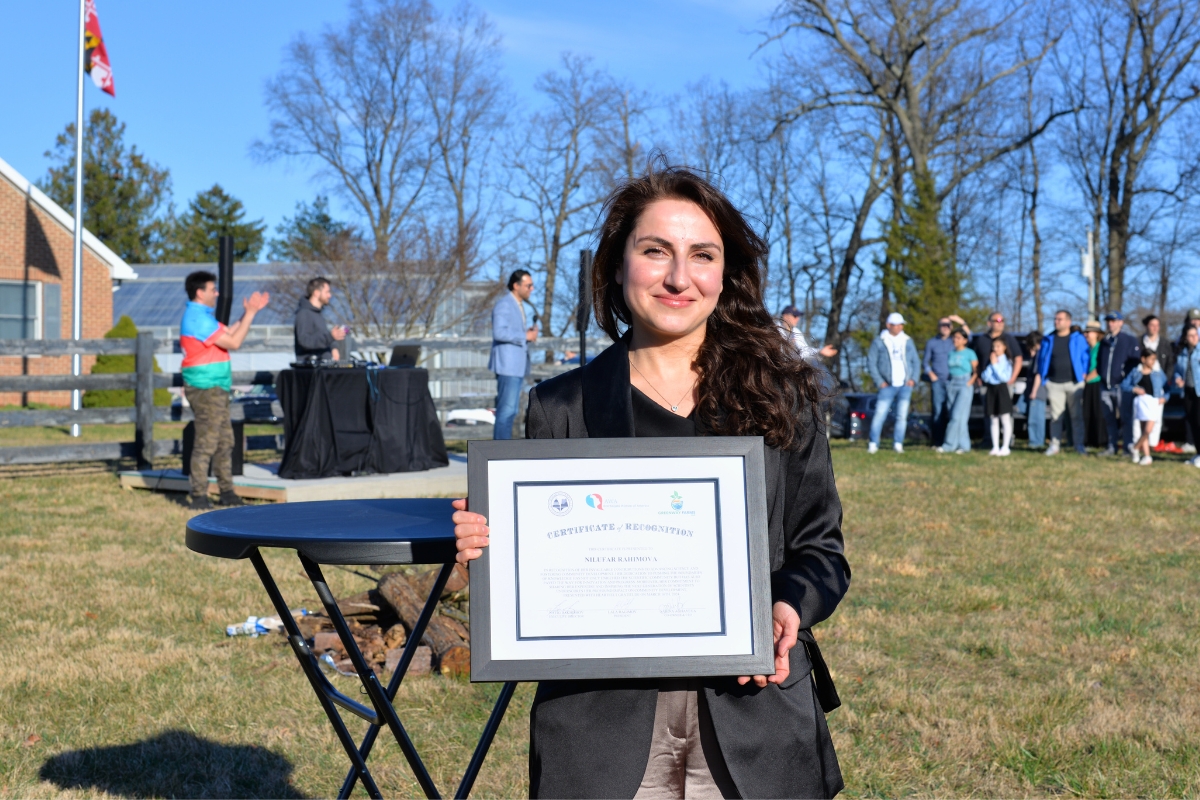- Home
- Moynak – Memories of the Aral Sea
22 December 2023
Moynak – Memories of the Aral Sea
Back in the 1960s, Moynak, Uzbekistan had been a bustling fishing port on a peninsula jutting into the Aral Sea’s southern flank. Now it is around 100km from the Aral’s nearest coast. Mark Elliott when there to find what’s left of the place.

Images by Mark Elliott
Once the world’s second largest lake, the Aral is now known mostly as being one of the world’s worst ecological disaster zones, having withered away over the last 60 years due to over use (and inefficient management) of water from the Amu Darya river which used to feed it. The great inland sea has now been reduced to a few disconnected remnants barely 10% the size it was in the 1960s. Moynak resident Ali Shaddin is one of last locals who spent much of his career as a fisherman on the Aral Sea.
Ali Shaddin wearing a Karakalpak hat given to him, he claims, by the British Ambassador
Ali has come to Moynak’s new Aral Sea Museum to talk to myself and some fellow visitors about better times. He started fishing as a teenager in the late 1960s and catches appeared to be endless during the early years. The men would go out for 15 days at a time, four per small fishing barge towed or manoeuvred into position and supplied by a much larger ship from the cooperative which would collect the catch and from which meals were collected. He almost salivates with delight in remembering these meals which he recalls as being ‘the best in the Soviet Union’ with ‘even canned beef from Moscow’. And ‘even beer’ he chuckles, though that stopped when the committee bosses started realising that there was more interest in getting the beer than in offloading the catch.
Then things started to go bad. In 1976-7 he remembers there was suddenly a catastrophic drop in the catch which had once proved big enough to allow the Moynak canning factory to turn out 30 tonnes a day. This was generally shipped by cargo boats to the lake’s northeastern tip where, at Aralsk, Kazakhstan, it would be transferred onto railway carriages and distributed across the USSR.
This clever art installation beside Moynak’s lighthouse cafe helps the visitors imagine the former Aral Sea views that would have greeted them up until the 1970s.
However, by 1979 there simply wasn’t enough water for the big transport ships to maintain the link with Aralsk and by 1984 the fishing industry was itself in tatters. Boats became stranded far from port and Ali found fishing work much reduced in both catch and scope. Eventually it was limited to what had become a series of isolated minor lakes where small, open boats could still operate rather than the Aral itself whose southern section had become too salty for any life beyond Artemia – minuscule brine shrimp.
Some of the more minor lakes do still have limited stocks of fish and in rare good years (2004-6, 2016-17) it has proved worth the trouble for Ali’s sons to load up their gear for a passable catch. However, since 2018 there’s been little worth going out for.
Meanwhile Moynak’s population has plummeted from around 100,000 in the 1970s to barely 35,000 now. However, even that is more than I had anticipated as I arrived on the long potholed road from Nukus. The town isn’t exactly exciting, but neither is it in total ruins as one might come to think from some dark-travel websites. Moynak’s western flank has a fair few depressing buildings which seem to have been decaying for decades, but it’s apparent from a string of shiny new offices stretching along the contrastingly spruced up main drag that there is has been least a minor economic resurgence of late.
Muynak Times – aka the clocktower café – is much more modest than the façade suggests but at least its inauguration is one of a few minor signs of improving fortunes in Moynak.
Tourism plays a certain role: while none is more than functional, Moynak now has a handful of small hotels and hostels offering jeep tours to the West Aral. Most notably the town is where you’ll come if you want to see the Aral’s famous ‘ship graveyard’ – the rusting hulks of fishing craft that were left stranded when the sea dried up.
Many of these were originally very hard to reach, lying miles from water but also far from any road. In recent years, however, more and more were being scavenged for scrap metal so eventually those that still survived were transported to Moynak where around a dozen now sit in two groups on the scrubby former lakebed beneath a stubby lighthouse. That has now been converted into a café-bar and is the epicentre of the Stihia Festival, one of the planet’s most unexpected party events for die-hard fans of electronic music. Right beside the festival site is a sharp spike of monolith-monument and the Aral Sea Museum where, after talking to Ali, a slide show reinforces the story of Moynak’s demise, not just with the loss of fishing but also the collapse of a once thriving fur-farming sideline and a reputation as a seaside resort: there were once lake-side holiday camps for Soviet ‘pioneers’.
A photo from the late 1950s (with the same scene in 2023 behind) shows how the beach at Moynak looked before the Aral Sea receded.
Fortunately for locals, there is some new economic hope beyond the trickle of tourists: beneath the parched former lake bed, a natural gas field has been discovered. Its development offers a minor boom of sorts but surely underlines the perceived irreversibility of ever bringing back the Aral in anything like its original form.
Disconnected from the rest of the former lake, the South Aral is now a long thin strip above which rises the dramatically cliff-edged Ustyurt Plateau. Now several hours 4WD drive from Moynak, the area has a certain appeal for those wishing to experience the Aral first hand. Given that there’s no inflow, the lake water has become super-salty giving the visitor the chance to experience a Dead Sea style sensation of floating.
There is also an utterly lonely yurt camp lodge to make such an experience more appealing, though conditions are somewhat rudimentary. It sits on a ledge overlooking the sea from a distance of around 2km.
A newer yurt camp is under construction right near the water’s edge which will reputedly be more luxurious, and for high-budget visitors, there are suggestions of a hopper flight from Muynak to the bumpy concrete-block airstrip at Kubla Ustyurt village allowing both an aerial view of the South Aral and a way to halve the bumpy jeep-ride to the yurt site for those with sensitive buttocks.
It’s certainly a visit that you’re likely to remember.






